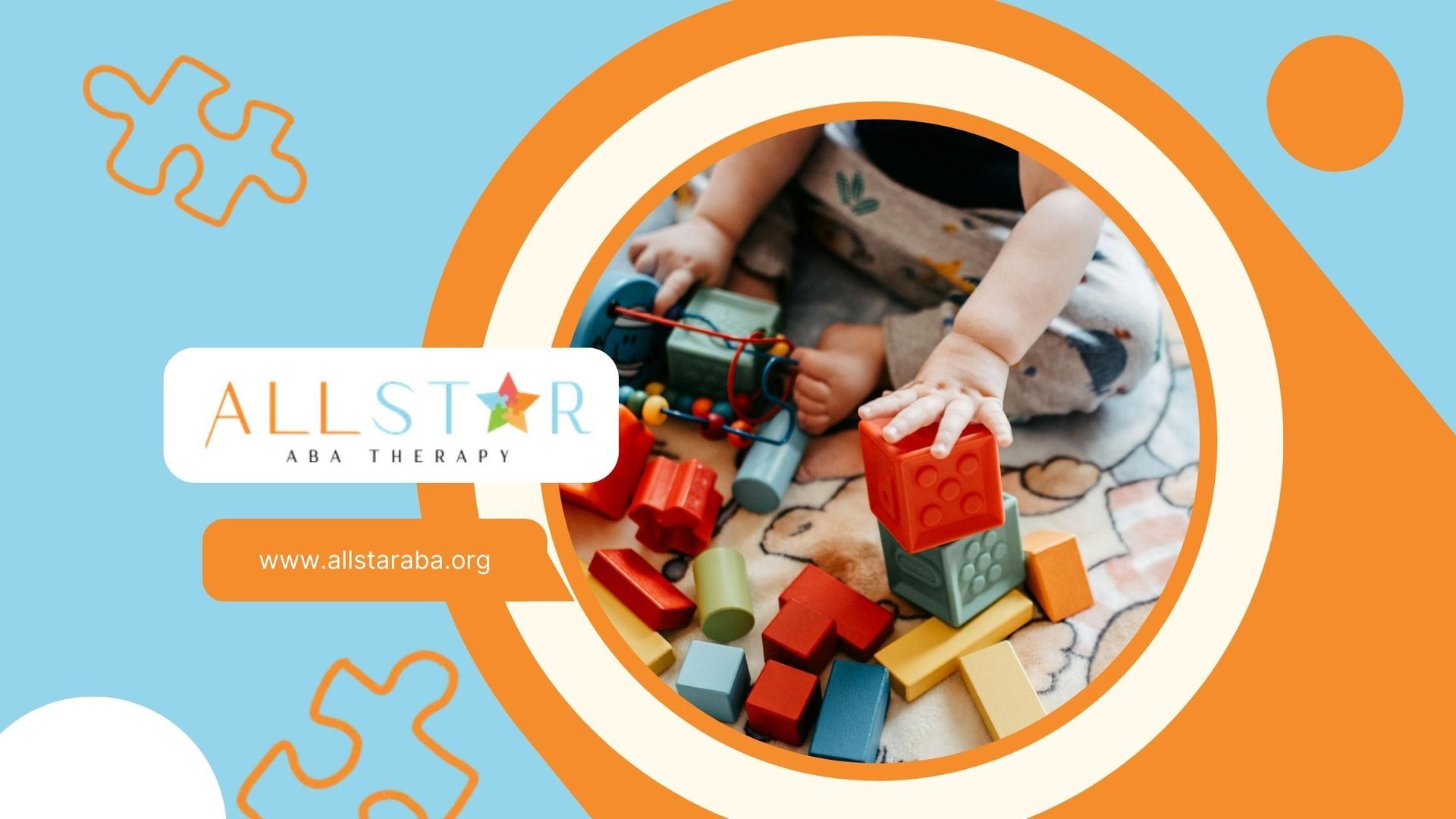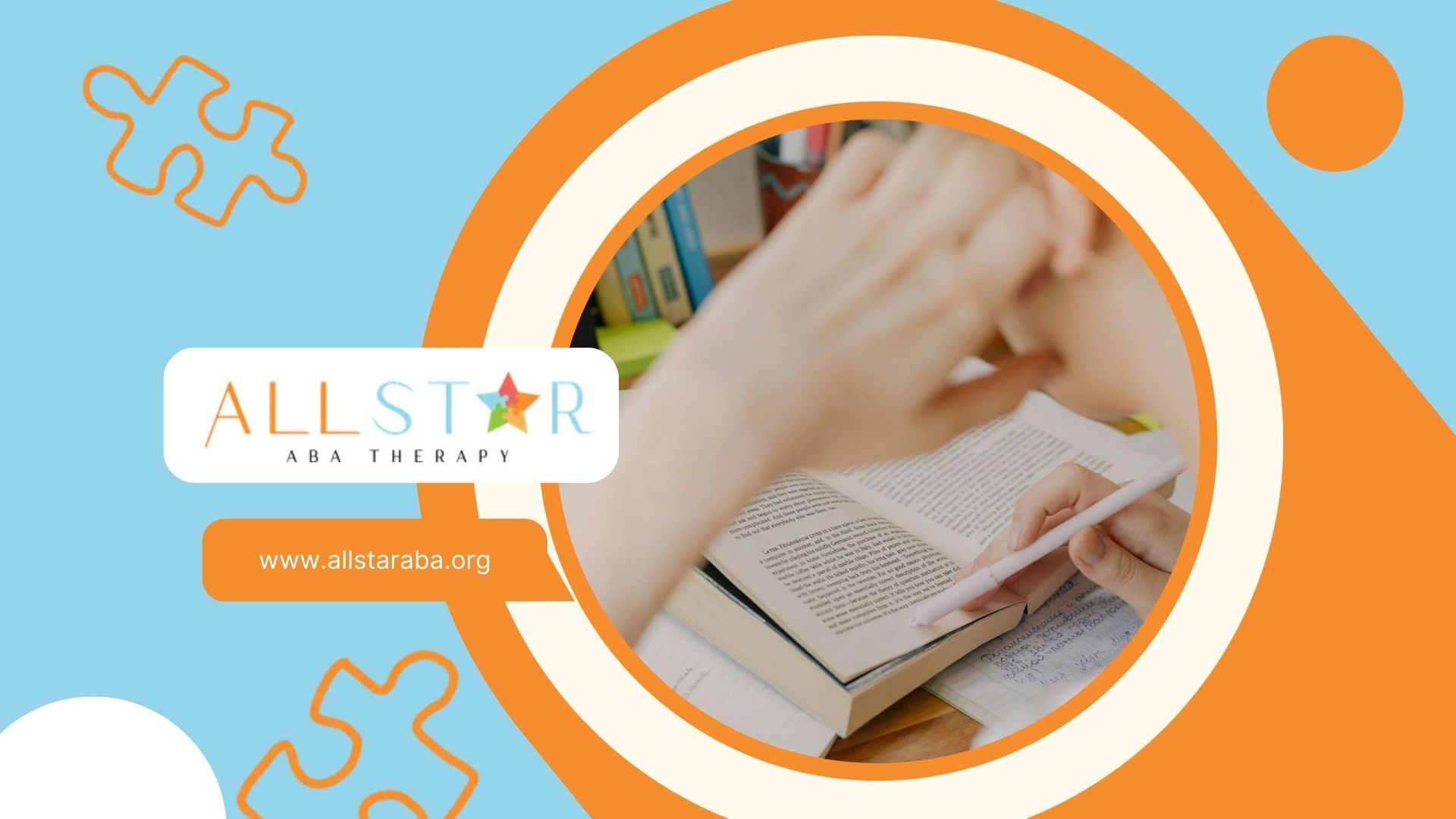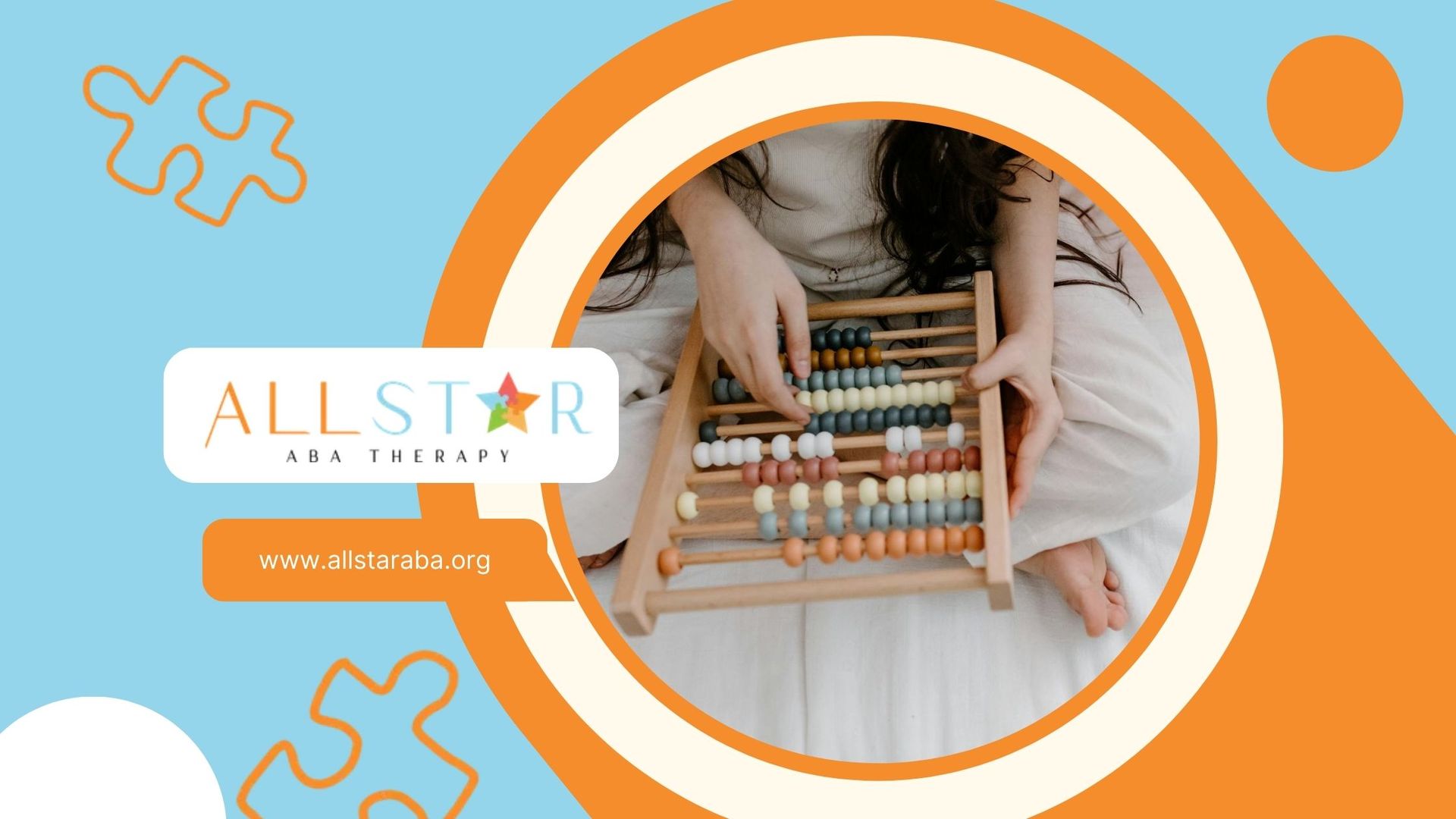New Paragraph
Understanding Love Languages for Autism
Understanding Love Languages
Love languages are like secret codes for how we show and feel love. For folks with autism, cracking these codes can be a game-changer. Let's break down what love languages are and why they matter.
What Are Love Languages?
Love languages, a concept introduced by Gary Chapman in his book "The Five Love Languages: How to Express Heartfelt Commitment to Your Mate," are the different ways people prefer to give and receive love. These love languages fall into five categories: Words of Affirmation, Acts of Service, Receiving Gifts, Quality Time, and Physical Touch. Everyone has one or two that hit home the most.
Think of it this way: some people light up when they hear kind words, while others feel loved when someone helps them out or spends time with them. Knowing someone's love language can make your connection stronger and more meaningful.
Why Love Languages Matter
Figuring out love languages is like finding the key to someone's heart. When you show love in a way that clicks with them, it can boost their happiness and make your relationship rock solid.
For people with autism, understanding love languages can be super helpful. Autism affects how folks interact and communicate. By tuning into their love languages, family, friends, and caregivers can build deeper connections and create a supportive vibe.
When you speak the love language that resonates with an autistic person, your love and care hit home. This can strengthen your bond and bring a sense of security and joy to everyone involved.
In the next sections, we'll dive into each love language and how to tweak them for autistic individuals. By getting the hang of their unique communication styles, we can build stronger, more loving connections.
Love Languages for Autistic Individuals
Autistic folks often have their own unique ways of showing and receiving love. Getting a handle on these can make relationships much more meaningful.
Different Ways to Communicate
People with autism might communicate differently than those who are neurotypical. They might find it tough to express themselves verbally or navigate social interactions. Some might lean on non-verbal cues or use tools like sign language, picture exchange systems, or AAC devices.
When thinking about love languages for autistic individuals, it's key to respect their unique ways of communicating. This means being open to different forms of expression and understanding that their way of showing love might not look like what you're used to.
Tweaking Love Languages
The classic love languages—acts of service, quality time, gifts, words of affirmation, and physical touch—can be adjusted to fit the needs and preferences of autistic individuals. It's all about making sure love is shown and received in a way that feels right for them.
For instance, if someone with autism values acts of service, they might appreciate practical gestures that show you care. This could be helping them organize their space or assisting with daily routines. The key is to understand what they need and prefer so your actions are meaningful.
If quality time is their thing, then doing activities they enjoy can help build a stronger connection. Spend time together in ways that match their interests, and you'll likely see your bond grow.
Keep in mind that love languages can change over time, especially for autistic individuals. It's important to regularly check in and adjust based on their evolving needs and preferences. Open and honest communication, along with a willingness to adapt, can make a big difference.
By understanding how autistic individuals communicate and tweaking love languages to fit their needs, we can build stronger, more meaningful relationships. Creating an inclusive and sensory-friendly approach to love languages is essential for fostering love, understanding, and acceptance.
Visual Love Languages
Understanding love languages for folks with autism? Visual cues are a game-changer. Many autistic individuals lean on visual info to make sense of their surroundings. Let's break down why visual cues matter and how to use them effectively in love languages.
Why Visual Cues Matter
Visual cues are like a secret code for showing love and affection to someone with autism. They bridge the gap between what’s said and what’s felt, making it easier for autistic individuals to grasp and express their love languages.
For many on the autism spectrum, words can be tricky. Visual cues, however, paint a clear picture of emotions, actions, or ideas. Think gestures, facial expressions, pictures, symbols—anything that visually conveys a message.
Using visual cues in love language interactions helps autistic individuals catch on to the affection being shown. This leads to deeper connections and more meaningful relationships.
How to Use Visual Supports
Visual supports are like tools in a toolbox, helping to reinforce visual cues in love language interactions. Depending on what works best for the individual, these supports can take many forms. Here are some common examples:
- Visual Schedules: These help autistic individuals know what love language activities or gestures are coming up. They can be daily or weekly calendars with pictures of planned activities.
- Social Stories: These are visual step-by-step guides that explain social situations, including love language expressions. They help autistic individuals understand the context and what’s expected.
- Visual Prompts: These are reminders of specific love language expressions. They can be pictures, symbols, or written words placed in spots like the fridge or bedroom door.
- Visual Aids: Picture cards or symbol boards can represent different love language expressions. They provide a visual reference for communicating preferences or desires.
Incorporating visual supports into daily life empowers autistic individuals to express their love languages confidently. These supports act as a visual guide, making communication smoother and love language interactions more effective.
Embracing visual love languages can make a world of difference for autistic individuals and their relationships. By using visual cues and supports, we create a more inclusive environment where love and affection are understood and felt deeply. For more insights on love languages for autistic individuals, check out our article on love languages for autistic individuals.
Auditory Love Languages
Understanding love languages for people with autism means paying attention to their sensory needs and finding the best ways to communicate. Let's talk about how to make auditory love languages work.
Sensory Considerations
Folks with autism often have unique reactions to sounds. Some might find loud noises overwhelming, while others might enjoy certain sounds. Being aware of these preferences can make a big difference.
Here are some tips to create a comfy sound environment:
- Cut the noise: Keep background sounds to a minimum so they can focus on the important stuff.
- Headphones or earplugs: If loud sounds are a problem, noise-cancelling headphones or earplugs can help.
- Soft voices: Speaking gently can make them feel more relaxed and open to hearing loving words.
Effective Communication Techniques
Good communication is key to showing love and understanding. Here are some ways to make sure your message gets through:
- Keep it simple: Use clear, straightforward language. Avoid confusing phrases or metaphors.
- Add visuals: Pair your words with gestures or visual aids. This can make your message clearer.
- Social stories: These are short narratives that explain social situations. Customizing them to include loving words can help.
- Alternative methods: If spoken words are tough, try sign language, picture cards, or communication devices.
By being mindful of sensory needs and using these communication tips, you can better connect with your loved one. Remember, everyone with autism is different, so adjust your approach to fit their needs. For more tips, check out our article on love languages for autistic individuals.
Physical Touch Love Languages
For folks with autism, figuring out love languages can be a game-changer. When it comes to physical touch, it's super important to think about sensory sensitivities. Comfort through touch can really boost their emotional well-being.
Sensory Sensitivities
People with autism often have unique sensory quirks that can make touch a mixed bag. Some might find certain touches too much to handle, while others might crave deep pressure to feel grounded. It's all about knowing and respecting these sensitivities.
Understanding what kind of touch someone likes or dislikes is key. Communication and listening are your best friends here. Be ready to switch things up because everyone’s different.
Providing Comfort
Touch can be a great way to offer comfort and reassurance, but you gotta do it right. Respect boundaries and preferences. Some might like a light touch, others might need a firmer hand. Always ask first and make sure they’re cool with it.
Here are some ways to offer comfort through touch:
- Hugs: Gentle hugs can make someone feel safe and secure. But always check if they’re okay with it first.
- Weighted Blankets: These can give a comforting, even pressure that feels like a warm hug. Great for those who need a bit more sensory input.
- Joint Pressure: Holding hands or giving a gentle squeeze can be grounding and reassuring.
- Massage: A gentle massage can be soothing, but be mindful of how much pressure to use.
Remember, not everyone with autism will like the same kinds of touch. Respect their individual preferences and keep the lines of communication open.
Getting the hang of the physical touch love language for autistic folks can really deepen your connection and offer much-needed comfort. By tuning into their sensory needs and preferences, you can create a supportive environment that helps them thrive. For more tips on love languages for autism, check out our article on love languages for autistic individuals.
Visual Love Languages
For those with autism, understanding and expressing love can be a bit different. Visual cues and supports are key in helping them connect and communicate. Let's dive into why visual cues matter and how to use them effectively for love languages.
Why Visual Cues Matter
Visual cues are a big deal for folks on the autism spectrum. Research like "The Power of Visual Communication in Autism Spectrum Disorder: It's in the Details" (Smith, 2018) shows that visual supports help with understanding and expressing emotions. They offer a clear, concrete way to show feelings, needs, and affection, making it easier for autistic individuals to navigate love languages.
How to Use Visual Supports
To make the most of visual supports, you need to match them to the person's needs and likes. Visual aids can be anything from schedules and social stories to picture-based communication systems. The book "Visual Supports for People with Autism: A Guide for Parents and Professionals" (Hodgdon, 2016) is a great resource for tips and strategies.
Visual supports can help show and communicate different love languages. For instance, if someone with autism feels loved through acts of service, you can create visual reminders or schedules showing tasks like making their favorite meal or helping with chores. Pictures or symbols can represent these actions, making them easier to understand and follow.
By using visual supports, autistic individuals can better understand and express their love languages. Remember, everyone is different, so tailor these supports to fit their unique preferences and sensory needs.
Next up, let's talk about auditory love languages and how to use sensory-friendly communication techniques to build stronger connections with autistic individuals.
Need Support?
We're Here to Help!
Our experienced team is ready to assist you. Reach out today to discuss how we can support your child's development and well-being.
Get started with expert ABA therapy today.
Related posts

All Star ABA delivers the gold standard of care, Applied Behavioral Analysis (ABA) therapy, for individuals diagnosed with ASD, from infancy to age 21.
Quick Links
All Rights Reserved | All Star ABA







